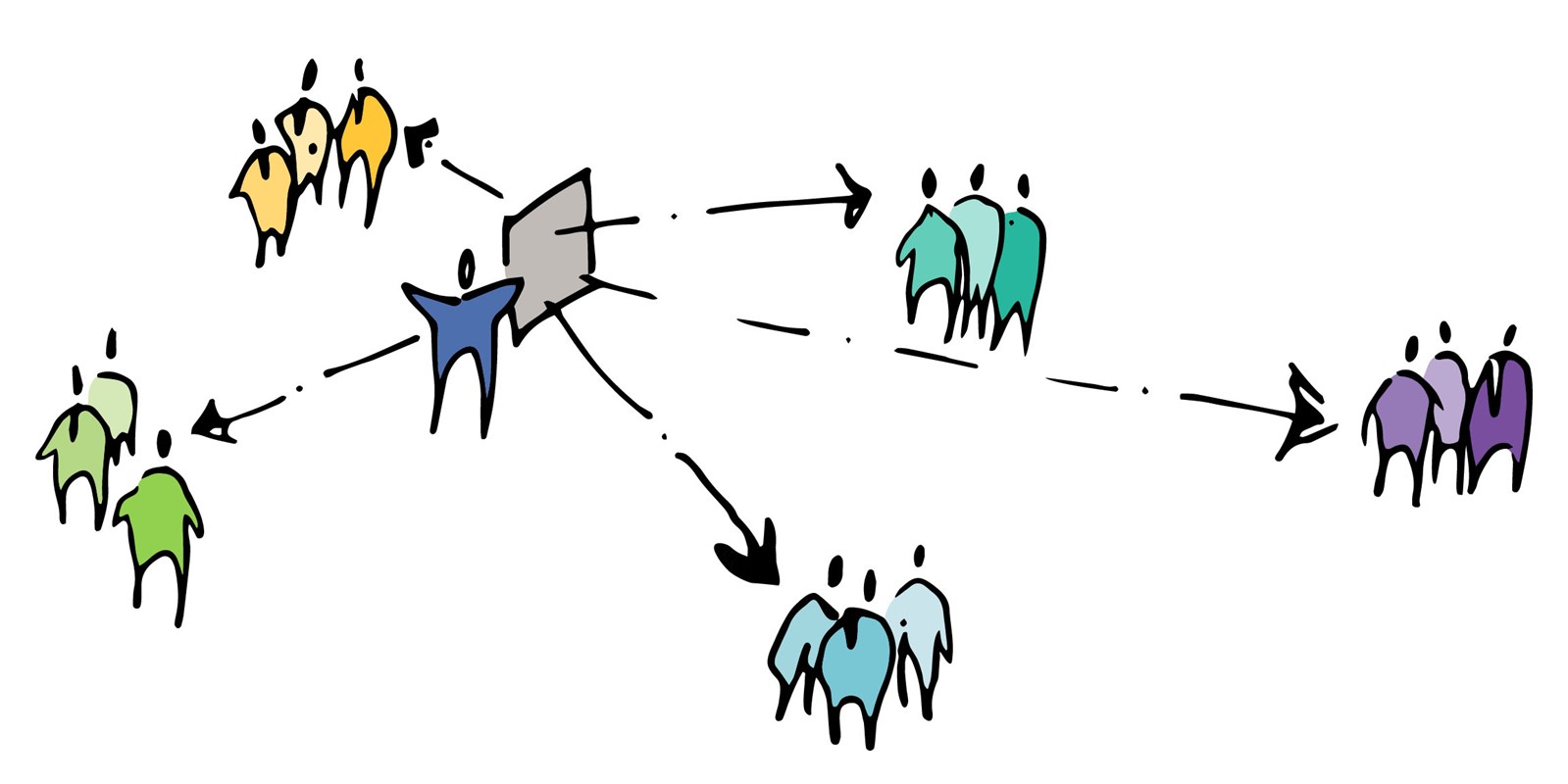
Written by: Katherine Masleid-Rivard
More than buzz words, these are real concerns for any public project and ignoring them can create costly road blocks and detours. I’ve seen neglected stakeholders bring a project to a grinding halt; community members wondering if their leadership is even listening; and countless resources wasted on ineffective meetings. Effective engagement is critical to project success and this series walks through how to do that.
While success at these goals may seem elusive, there are key steps and questions you can use to create a clear path forward. I’ll walk through specific areas and the questions I ask to help achieve these goals in these five posts:
At the end of this five-part series, you should be able to:

Effective engagement begins with asking three big picture questions:
Keep it simple and allow yourself to focus on one thing. You may be able to combine multiple goals into one process plan, but this will be easier if you begin by focusing on one at a time.
If you don’t answer this question, you are guaranteed to waste people’s time, including your own. It also makes answering the next questions much easier. Know what your goal is and why; then can you stay on track.

Identify all of your stakeholders, decision makers, experts, and interest groups. Identify your challengers and your advocates - anyone that can help or hurt your chances of success. By identifying everyone now, you can approach their involvement proactively and strategically. You may discover more later, but this is where you start.

Each of these questions is key to an effective process. If you don’t know your goal, who is involved, or what everyone’s role is, confusion and doubt will reign. In contrast, having these answers establishes a solid foundation for engagement and builds stakeholder confidence in the process and outcome.
Key takeaways: An effective engagement process begins by setting expectations including goals, participants, and each participant’s role.
In the next post, I’ll explore the different ways you can interact with your participants.